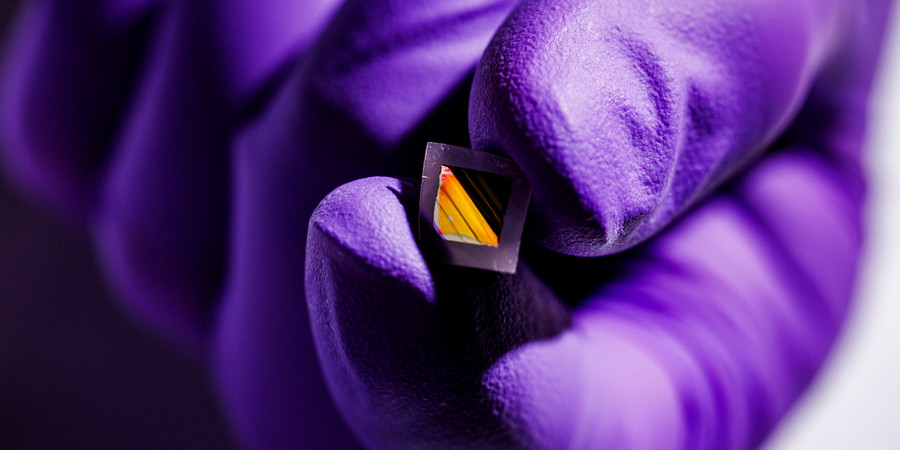Thursday, February 24, 2022 | 2:00 pm ET
Speaker: Shriram Ramanathan, Purdue University
Please join the Zoom webinar here on February 24.
I will share my vision and enthusiasm for the growing fields of brain-inspired computing and robotics. The focus of my presentation will be on metal-insulator transitions in quantum materials such as correlated perovskite semiconductors that can be used to emulate the characteristics of neurons and synapses in the brain and serve as building blocks for AI hardware. We will then discuss how features of intelligence noted in various insects, mammals and birds by biologists can be implemented in electronic devices and circuits for learning and decision-making. Creation of neural links between brains of live mice and electronics will be then presented (few refs: Science (373, 352, 2021), PNAS (118, e2103934118, 2021), PNAS (116, 21992, 2019)).
Speaker Bio: Shriram Ramanathan is a professor in the School of Engineering (MSE, ECE courtesy) at Purdue University. He received his PhD from Stanford University and was a research staff member at Components Research, Intel for over three years. He then served on the Applied Physics faculty at Harvard University for nearly a decade. Their group conducts research in oxide semiconductors for neuromorphic computing; opto-electronics and haptic intelligence and collaborate with diverse set of research groups across engineering and natural sciences.
For a list of all talks at the NanoBio Seminar Series Spring ’22, see here
Explore
MIT Engineers Advance Toward a Fault-tolerant Quantum Computer
Adam Zewe | MIT News
Researchers achieved a type of coupling between artificial atoms and photons that could enable readout and processing of quantum information in a few nanoseconds.
III-Nitride Ferroelectrics for Integrated Low-Power and Extreme-Environment Memory
Monday, May 5, 2025 | 4:00 - 5:00pm ET
Hybrid
Zoom & MIT Campus
New Electronic “skin” could Enable Lightweight Night-vision Glasses
Jennifer Chu | MIT News
MIT engineers developed ultrathin electronic films that sense heat and other signals, and could reduce the bulk of conventional goggles and scopes.




